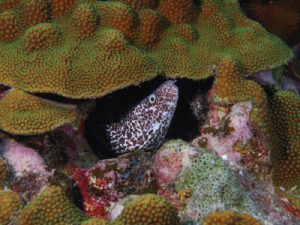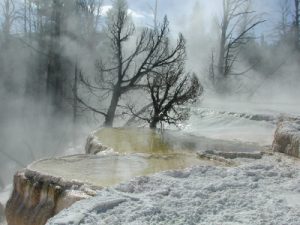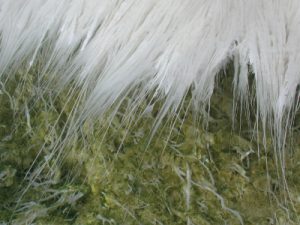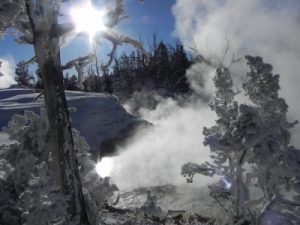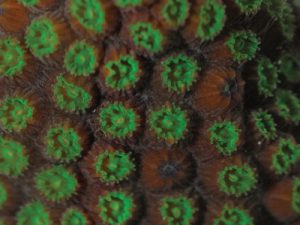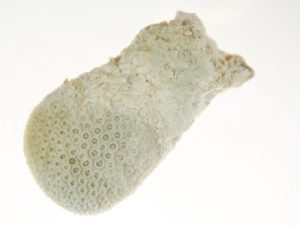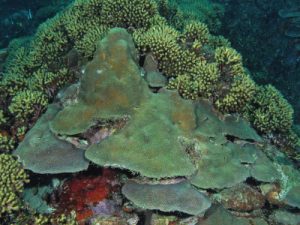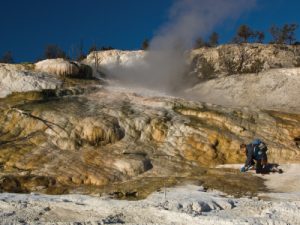Coordinated Geobiology research on Yellowstone hot springs and Caribbean and Pacific coral reef ecosystems have identified a suite of universal microbe-water-rock interactions that fundamentally shape these ecosystems. While at first glance these seem to be wildly different and unrelated environments, close examination reveals a host of striking similarities and scientific parallels. Heat-loving (thermophilic) microbes in Yellowstone are able to respond to shifts in water flow rate and temperature by changing the speed at which travertine rock (aragonite) is deposited on the floor of the drainage channels. Biochemical analyses suggest that the microbes do this by producing different types of protein under different water temperature and flow conditions. Application of this mechanism from hot springs to coral reefs suggest that that similar biotic responses are active in forming density banding in the aragonitic skeleton of scleractinian corals. We will review how this affects the reconstruction of plaeotemperature from coral skeleton density banding, and its impact on predicting future trends in sea surface temperature and climate change.
Photo Gallery
